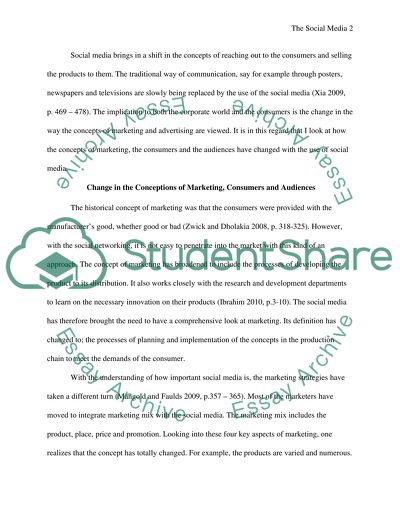Cite this document
(“Social Media Paper Essay Example | Topics and Well Written Essays - 2250 words”, n.d.)
Social Media Paper Essay Example | Topics and Well Written Essays - 2250 words. Retrieved from https://studentshare.org/marketing/1448778-social-media-is-increasingly-used-for-pr
Social Media Paper Essay Example | Topics and Well Written Essays - 2250 words. Retrieved from https://studentshare.org/marketing/1448778-social-media-is-increasingly-used-for-pr
(Social Media Paper Essay Example | Topics and Well Written Essays - 2250 Words)
Social Media Paper Essay Example | Topics and Well Written Essays - 2250 Words. https://studentshare.org/marketing/1448778-social-media-is-increasingly-used-for-pr.
Social Media Paper Essay Example | Topics and Well Written Essays - 2250 Words. https://studentshare.org/marketing/1448778-social-media-is-increasingly-used-for-pr.
“Social Media Paper Essay Example | Topics and Well Written Essays - 2250 Words”, n.d. https://studentshare.org/marketing/1448778-social-media-is-increasingly-used-for-pr.


